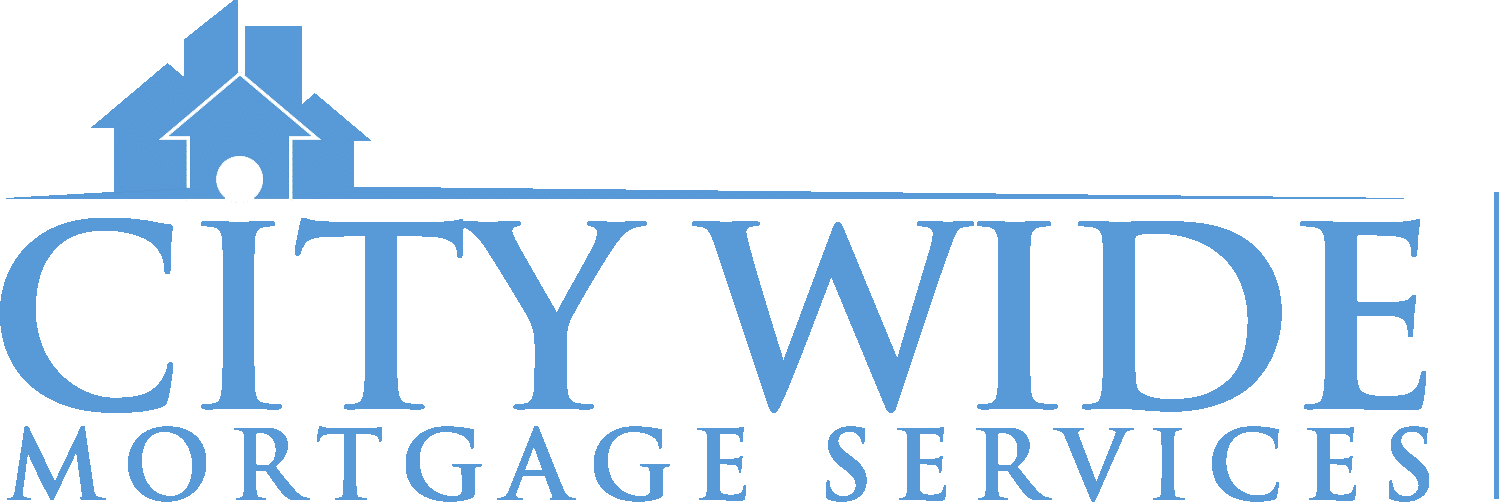Should you lock in your variable rate mortgage?
The past 8 months have seen the most rate increases by the Bank of Canada in over a decade.
Amidst worries of inflation finally starting to creep in with our American neighbors, and concerns that, after 35 years of declining rates, this long term declining rate trend may finally be reversing, the question of whether to lock in that variable rate that has done so well for borrowers has become a valid concern. In this blog we’re going to give some perspective to these rate increases, outline reasons for & against future increases & discuss the questions you should ask if considering locking in your own mortgage.
We are currently just off the basement of a multi decade long term trend of declining interest rates, which began in 1981 when prime rate dropped from its high of 21.25%. Since then, the overall course has been down & we have hit historical lows for interest rates in what has been an unprecedented experiment in central bank policy. In fact, over the 5000 years of interest history, the world is at the lowest level ever recorded. From that perspective, one would assume we’re closer to the end of this long term cycle than the beginning, but the question is what is going to happen in the near term.
Central bankers use interest rates as the levers of the economy
– lowering rates incent borrowing which leads to spending & investment, while raising rates are used to slow the economy & reel in inflation. While Canada had a far better year than expected in 2017, we are facing some major headwinds to overcome in the year ahead. For one, rising rates slows housing, which has been a big driver of the economy to this point. Higher rates can also strengthen the loonie, which negatively impacts exports & therefor manufacturing.
There is also the overall indebtedness of Canada to consider. Too many rate increases too quickly can effect repayment of loans & put Canadians under water on their debts. Additionally, NAFTA renegotiation & the lowering of the corporate tax rate in the States (making Canada less competitive) are two other pressing concerns for our economy. Overall, there is anything but an assured path to aggressive tightening of interest rates in the short term.
To get a sense for where rates might be heading, we can look to the yield curve.
The yield curve plots short to long dated government bond yields (interest rates are priced off of these bond yields). A normal shaped yield curve is upward sloped & indicates investors expect longer maturity bond yields to be even higher in the future. Despite the short term yields rising roughly 1% over the last year in Canada, long dated bond yields have barely moved. The yield curve is still relatively flat, which suggests investors are not optimistic for long term growth & therefore skeptic to see higher interest rates.
The best research on fixed versus variable has come from York University professor Dr Moshe Milevsky. He found that borrowers were better off taking a variable rate over a longer term fixed rate nearly 90% of the time. Fixed rate borrowers pay for stability, while those with a higher risk tolerance, who can handle fluctuations to their payments, would benefit from that uncertainty by paying less interest. Years later he updated his study to determine if borrowers would be better off trying to time the market & lock in their variable mid-term. Even under the generous & unrealistic assumption that borrowers would be able to accurately forecast the future of interest rates, he found that individuals who attempted to lock in & time the market underperformed (83.3%) those who stuck with the variable (88.1%) & rode out their term.
Accurately predicting interest rates is one of the hardest things to do in all of finance.
You could be right in timing the bottom of this 36 year trend within 5% & still be off by 22 months. Given that fixed rates are priced off bond yields, and that the bond market has generally priced in increases by the Bank of Canada before they have happened (meaning fixed rates will go up before you’ll hear talk of prime rate increasing), don’t bother trying to time the market. Take a fixed term mortgage & sleep easy knowing exactly what your payments will be for the coming term, or take the variable & don’t worry about the impossible task of trying to time the market. Choose a path & stick with it.
